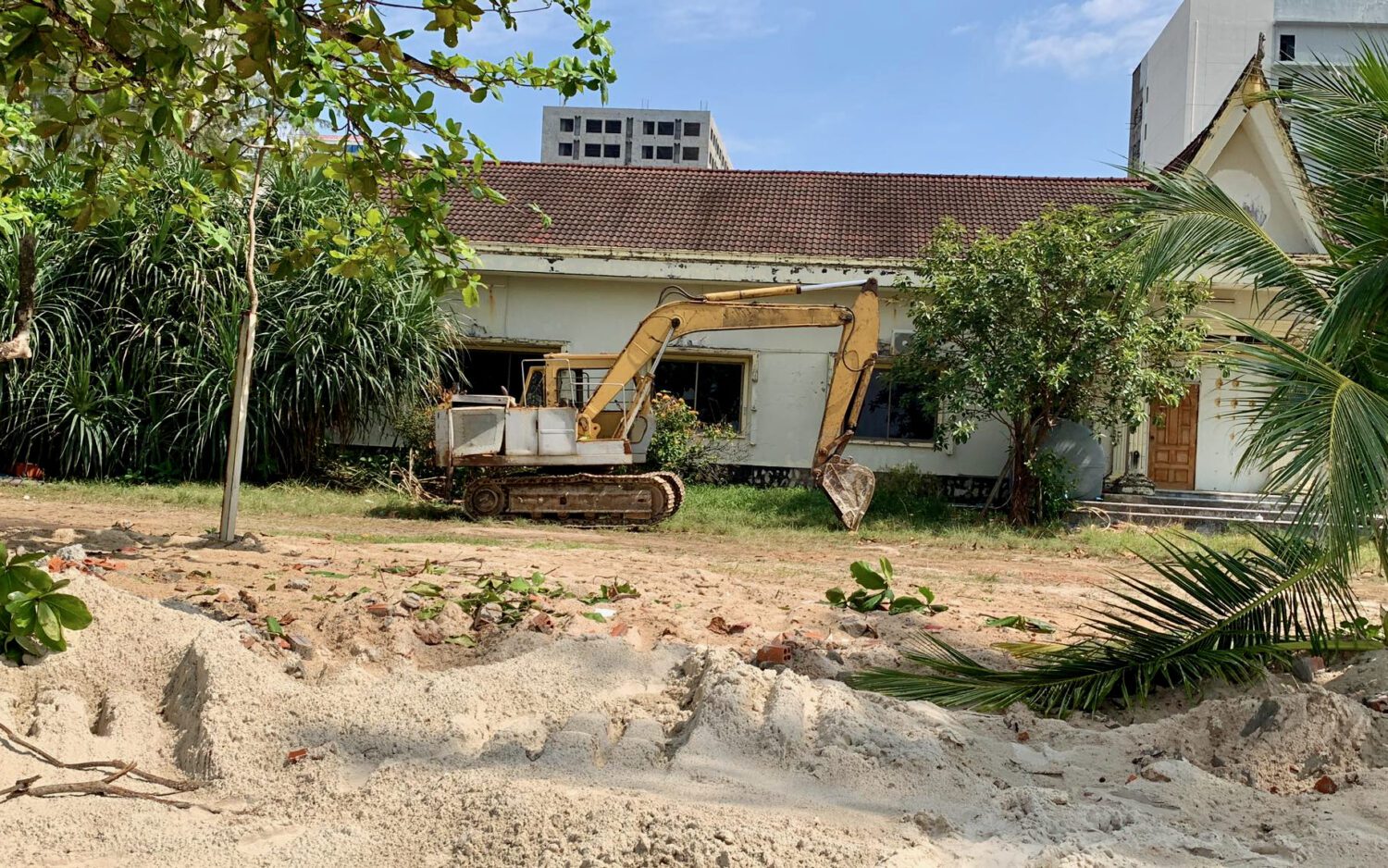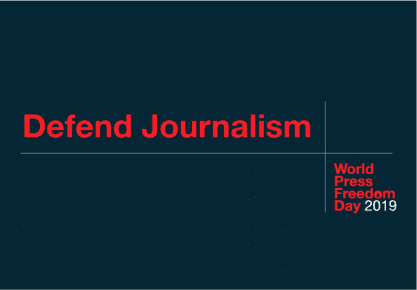Following Prime Minister Hun Sen’s command two weeks ago to stop the Tonle Sap’s destruction, provincial governors say they have retaken thousands of hectares of protected flooded forests but are still working on investigating perpetrators.
The governors and deputies of Battambang, Kampong Chhnang, Kampong Thom, Pursat and Siem Reap, which border the great Tonle Sap lake at the center of the country, told VOD last week that they were continuing their campaign to push back against encroachment on protected land.
Despite previous reports from military police saying that some residents have been arrested for encroachment, the governors all said there had yet to be arrests or refused to disclose if there were.

Siem Reap deputy governor Li Samrith said around 1,900 hectares had been encroached upon since 2014, but officers were still working to confirm how much of it was in protected areas.
“As it is the rainy season, it is difficult for us to verify all those areas,” Samrith said.
There were two or three areas in Siem Reap province under pressure, and it was mostly households doing the encroachment, he said.
“We have not made any arrests yet. In the western areas of Siem Reap, we stopped them from plowing land at 5 hectares,” he said. “Mostly, they are residents. So no one has been arrested.”
Kampong Chhnang governor Sorn Sovannarith said experts were still working on arresting perpetrators.
“Some of the perpetrators are officials, and some are residents. The experts are investigating,” he said, adding that he did not have a total count of perpetrators, though authorities had confiscated around 2,900 hectares.
Kampong Thom deputy governor Sok Hay said: “The authorities are working on this, and for now we have not arrested anyone yet.”
The drive to retake protected forests kicked off late November after Hun Sen issued a public audio message scolding officials for complicity in the loss of Tonle Sap’s flooded forests.
“No matter what the cost is, we must get the land back and these lands must only [be used] for the planting of seedlings, reforestation, and maintain it for spawning fish in the Tonle Sap,” he said at the time. “These people are no longer worthy of being officers; they are better off in prison than officers.”
According to data from Global Forest Watch, deforestation around the Tonle Sap accelerated in 2019.
The Tonle Sap Biosphere Reserve, which includes the lake itself, is a conservation area that spans more than 1 million hectares, according to Unesco. Maps from Open Development Cambodia show that protected areas outside the actual lake measure around 300,000 hectares.
Royal Academy president Sok Touch, whose research on the Tonle Sap led to Hun Sen’s tirade, has said that the situation is grave. “If we had waited until the project finished, the flooded forest would have been gone,” Touch told VOD last month of his research project, due to end next year.
A report from Agriculture Minister Veng Sakhon last week said recovered forest totals were 3,567 hectares in Kampong Thom; 2,101 hectares in Kampong Chhnang; 3,768 hectares in Battambang; 4,434 hectares in Pursat; and 1,971 hectares in Siem Reap. He also included 5,350 hectares in Banteay Meanchey, which is at the northern tip of the protected area, for a total of more than 20,000 hectares.
Battambang deputy governor Soeum Bunrithy denied any arrests in his province, despite provincial military police earlier saying they had sent seven residents to court over encroachment.
“For the flooded forest area, I am not sure how many hectares that we have gotten back. But so far perpetrators have not been arrested,” he said.
Pursat deputy governor Kit Sopha also said he could not provide information about recovered forests, while Banteay Meanchey deputy governor Li Sari could not be reached.













